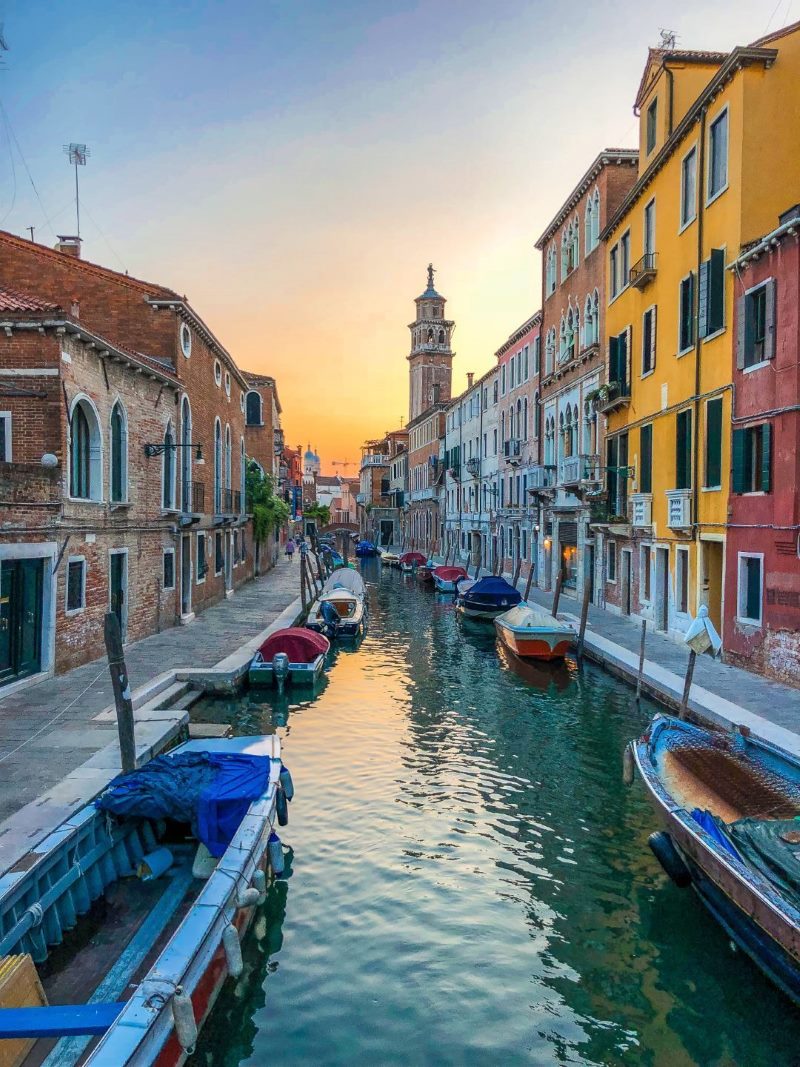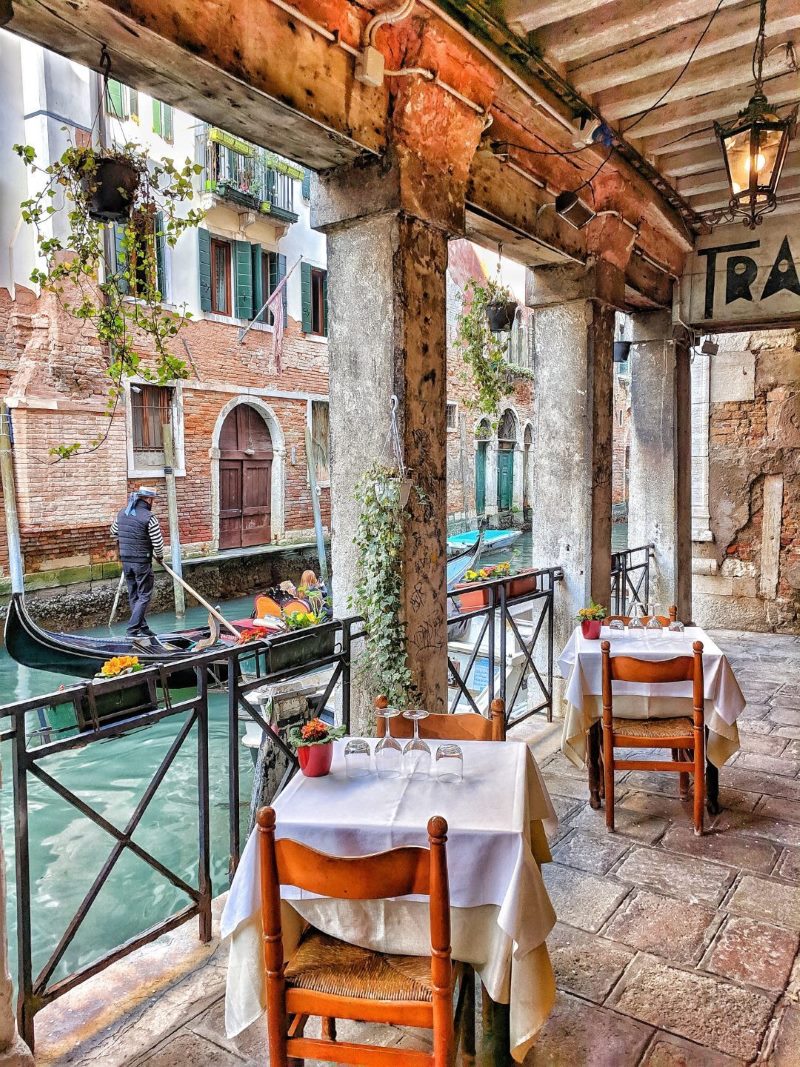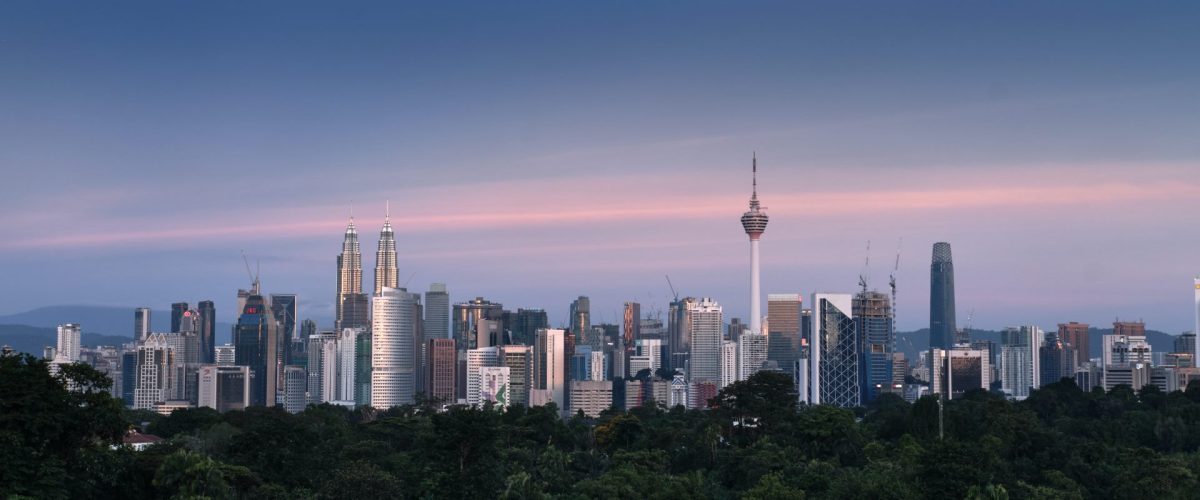How to plan your Venice City Pass with Museums, Churches & Public Transport
Venice, with its winding canals and stunning architecture, is an Italian city widely renowned for its beauty and romantic charm. However, visiting this city can be a hassle, especially during peak tourist seasons. That’s why the Venice City Pass with museums, churches, and public transport is a great option for those who want to have a smooth experience while exploring the city’s attractions. This comprehensive guide will help you plan your visit to Venice with the City Pass.What is the Venice City Pass with Museums, Churches & Public Transport?
The Venice City Pass is an access card that grants visitors entry to some of the city’s most popular attractions. The pass is available for 1, 2, 3, or 7 days, and best of all, it lets you bypass the long lines of tourists waiting to get into the city’s museums and other monumental sites. Additionally, it’s possible to add public transport tickets to the City Pass, allowing visitors to travel on water buses and hop on and off the vaporetti to explore every corner of the city.What are the highlights of the Venice City Pass with Museums, Churches & Public Transport?
The Venice City Pass with museums, churches, and public transport includes the following attractions:Entry to Doge’s Palace
This palace, situated in Piazza San Marco, was once the home of Venice’s Doge and the seat of the Venetian Republic’s government. Today, it is a museum that showcases the city’s history and art. With the City Pass, not only can visitors have access to Doge’s Palace, but they can skip the line, saving time and avoiding the crowds.Entry to 11 museums
In addition to Doge’s Palace, the City Pass also includes entry to 11 other museums in Venice. These museums include:- Museo Correr
- Archaeological Museum
- Biblioteca Marciana
- Ca’Rezzonico
- Ca’Pesaro
- Glass Museum on Murano Island
- Natural History Museum
- Mocenigo Palace
- Carlo Goldoni House
- Lace Museum on Burano Island
- Fortuny Museum
Entry to 16 Churches of the Chorus Circuit
The City Pass grants visitors access to 16 churches in Venice. The Chorus Circuit includes some of the most beautiful churches in the city, including:- Santa Maria del Giglio
- San Stae
- Santo Stefano
- Sant’Alvise
- Santa Maria Formosa
- San Pietro di Castello
- San Polo
- Santa Maria dei Miracoli
- Santa Maria dei Derelitti
- San Sebastiano
- Santa Maria del Rosario (Gesuati)
- San Giorgio Maggiore
- San Giovanni e Paolo (Zanipolo)
- Santa Maria Gloriosa dei Frari
- San Giacomo dell’Orio
- Madonna dell’Orto
How to Book the Venice City Pass with Museums, Churches & Public Transport?
To book the Venice City Pass with museums, churches, and public transport, visit this link. When you book, you’ll have the option to choose a 1, 2, 3, or 7-day pass, and you can add public transport tickets to your purchase as well. You’ll receive a digital ticket, which you can use to access all the pass’s benefits.The Benefits of the Venice City Pass with Museums, Churches & Public Transport
There are a lot of benefits that come with using the Venice City Pass for your trip to Venice. Here are just a few:- Skip the Line: With the City Pass, visitors can bypass long lines, saving time and energy for the rest of the day’s activities.
- Save Money: The City Pass is an excellent way to save money on entrance fees to museums and other attractions. It’s especially cost-effective for those who plan to visit multiple attractions on their trip to Venice.
- Convenience: The City Pass allows visitors to have an all-in-one solution for their trip. No more worrying about how to get tickets or where to go next. The City Pass makes it easy for visitors to plan their days with ease.
- Flexibility: The City Pass is available in multiple durations, allowing visitors to choose the number of days that work best for their schedules. It’s also possible to add public transport tickets to the City Pass, so visitors can easily travel around the city without any extra expenses.
Book Your Tour Now
The Venice City Pass with museums, churches, and public transport is an excellent option for those who want to explore Venice with ease and convenience. This all-in-one pass grants visitors access to the city’s most popular attractions and allows them to save time and money. Don’t miss out on this opportunity to have a smooth experience while exploring the historic city of Venice. Book the tour today!
Frequently Asked Questions About Venice, Italy
Venice is one of the most famous tourist destinations in the world, and for good reason. Known as the “City of Canals,” Venice is a unique and enchanting place, full of history, beauty, and romance. If you’re planning a trip to Venice, you might have some questions about what to expect. Here are some of the most frequently asked questions about Venice, along with answers based on real evidence and research.1. What is Venice, and where is it located?
Venice is a city in northeastern Italy, located on a group of small islands separated by canals and linked by bridges. The city is built on a lagoon in the Adriatic Sea, and it is renowned for its beautiful architecture, art, and culture. Venice is also known for its canals, which are an essential part of the city’s transportation system and a unique sightseeing attraction.2. How do I get to Venice?
Venice is easily accessible by plane, train, or car. The Marco Polo International Airport is the closest airport to the city, and it is located about 8 miles away. You can also arrive by train, as Venice has two main train stations, Santa Lucia and Mestre. If you prefer to drive, there are parking areas outside the city center where you can leave your car and take public transportation or walk to your destination.3. What are the must-see attractions in Venice?
Venice has a plethora of must-see attractions that are worth visiting. Some of the most popular sights include St. Mark’s Basilica, the Doge’s Palace, the Rialto Bridge, and the Grand Canal. Other notable attractions include the Peggy Guggenheim Collection, the Scuola Grande di San Rocco, and the Gallerie dell’Accademia. Venice is also home to many museums, art galleries, churches and cathedrals, and historical landmarks, each with its unique charm and allure.4. Is Venice expensive?
Venice can be an expensive city to visit, particularly during peak tourist season. The cost of food, accommodation, and transportation can be high, especially in the most popular areas. However, there are ways to save money on your trip to Venice. For example, consider visiting during the shoulder season, when prices may be lower, pack a picnic and enjoy it in one of the city’s scenic parks, and try to book your accommodations and transportation in advance to lock in lower prices.5. What is the best way to get around Venice?
Walking is the best way to get around Venice, as the city is not very large, and many streets are too narrow for cars or buses. However, Venice is also famous for its canals, so taking a water taxi or a gondola ride can be a unique and enjoyable experience. Another option is to take the vaporetto, which is Venice’s waterbus system that can take you to all parts of the city.6. What is the food like in Venice?
Venetian cuisine is known for its fresh seafood dishes, risotto, and polenta. Some of the popular dishes to try in Venice include sarde in saor (sweet and sour sardines), fegato alla veneziana (Venetian liver), and baccalà mantecato (creamed cod). Wine lovers should also try the local Prosecco or Spritz, a popular Italian cocktail made with Aperol, Prosecco, and soda water.7. Is Venice crowded?
Yes, Venice is a popular tourist destination and can be crowded, especially during the peak tourist season (April to October). However, there are ways to avoid the crowds, such as visiting Venice during the shoulder season or early in the morning before the tourists arrive. You can also explore the less crowded areas of the city and sample some of the local cuisine, which is often cheaper and more authentic than the food served in the touristy areas.8. How can I stay safe in Venice?
Venice is a safe city, but like any other tourist destination, there are some precautions you can take to stay safe. Be aware of your surroundings, especially in crowded areas and at night. Keep your valuables close to you, and do not leave them unattended. If you are traveling alone, avoid walking in deserted areas, especially at night. Finally, be cautious of scams, such as people offering to sell you fake designer goods or overpriced souvenirs.9. What is the best time of year to visit Venice?
The best time to visit Venice depends on your preferences and budget. The peak tourist season is from April to October, when the weather is warm and sunny, but the crowds are also at their highest. The shoulder season, from November to March, can be a good option if you want to avoid the crowds and save money on your trip. However, the weather can be cooler and rainier during this time.10. What should I wear in Venice?
Venice has a moderate climate, with mild temperatures throughout the year. However, the summer months (June to August) can be hot and humid, so it’s advisable to wear lightweight and breathable clothing. In the winter (December to February), temperatures can be cold, so make sure to bring warm clothing like a coat, scarf, hat, and gloves. It’s also a good idea to wear comfortable shoes, as there is a lot of walking involved in exploring the city.Book Your Tour Now:
Venice is a beautiful and unique city with so much to offer. If you’re planning a trip to Venice, these frequently asked questions will help you prepare for your adventure. Remember to pack wisely, stay safe, and enjoy all that this wonderful city has to offer.
How to Spend Your Time as a Tourist in Venice
Venice is a majestic Italian city built on 118 small islands connected by canals and bridges. It is renowned for its picturesque canals, iconic gondola rides, stunning churches, and delicious cuisine. Tourists flock to this city to witness its unique beauty and vibrant culture. Here are some tips on how to spend your time as a tourist in Venice:1. Take a Gondola Ride
No trip to Venice is complete without a gondola ride. These traditional boats are famous worldwide for traversing the city’s picturesque canals. They offer a romantic and tranquil way to explore the city’s intricate waterways. The cost of a gondola ride can vary depending on the season and how long you wish to ride. It’s best to book in advance to ensure availability.2. Visit St. Mark’s Basilica
St. Mark’s Basilica is located in Venice’s iconic St. Mark’s Square. This is one of the most recognizable landmarks in Venice and a must-visit for every tourist. The Basilica has ornate architecture with gleaming mosaics and impressive domes that make it a marvel to behold. Visitors can access the main area free of charge, but entry to other parts of the church requires a small fee.3. Explore the Grand Canal
Take a boat ride or water taxi through the Grand Canal or Canalazzo, the most significant canal in Venice. The views are breathtaking, and you’ll get to see some of the city’s most iconic buildings, including the Rialto Bridge and Palazzo Grassi. The best time to take a boat ride along the Grand Canal is at sunset when the water shimmers in golden hues.4. Visit the Rialto Market
The Rialto market is a bustling public market selling fresh fish, fruits, and vegetables. The market has been in operation since the 16th century and is now a popular tourist attraction. You’ll find numerous local vendors selling fresh produce and authentic Venetian food. The market is open every day except for Sundays.5. Take a Walk through the Jewish Ghetto
The Venetian Ghetto is one of the oldest Jewish ghettos worldwide, where the city’s Jewish community was forced to reside from 1516. Today, this area is a cultural and culinary hub with numerous kosher restaurants and synagogues. It is ideal for history buffs who want to learn more about the city’s rich past.6. Visit the Peggy Guggenheim Collection
The Peggy Guggenheim Collection is one of the most significant modern art museums in Italy. It’s located in Venice’s Dorsoduro neighborhood and features a vast collection of contemporary art from artists such as Salvador Dalí, Pablo Picasso, and Jackson Pollock. The museum is closed on Tuesdays and has an admission fee.7. Enjoy Cicchetti and Aperitivo
Cicchetti refers to a traditional Venetian bar snack that is often served with wine or cocktails. It is similar to tapas in Spain and is a popular daytime activity. In the evening, Venetians head to bars for Aperitivo- a pre-dinner drink and snack. Cicchetti and Aperitivo are an essential part of Venetian culinary culture that you should indulge in.8. Take a Day Trip to Murano and Burano
Murano and Burano are two islands situated on the outskirts of Venice. Murano is famous for its exquisite glass-making, and visitors can take a guided tour to witness the craft up close. Burano, on the other hand, is renowned for its colorful houses and handmade lace. It is a photographer’s paradise and a delightful getaway from the bustling Venice.Book Your Tour Now
Venice is an enchanting city that brims with rich culture, history, and natural beauty. To make the most of your visit, ensure you have enough time to explore its hidden corners and iconic landmarks. With this guide, you’re now equipped with a list of things to do that will make your visit to Venice unforgettable.Table of Contents

